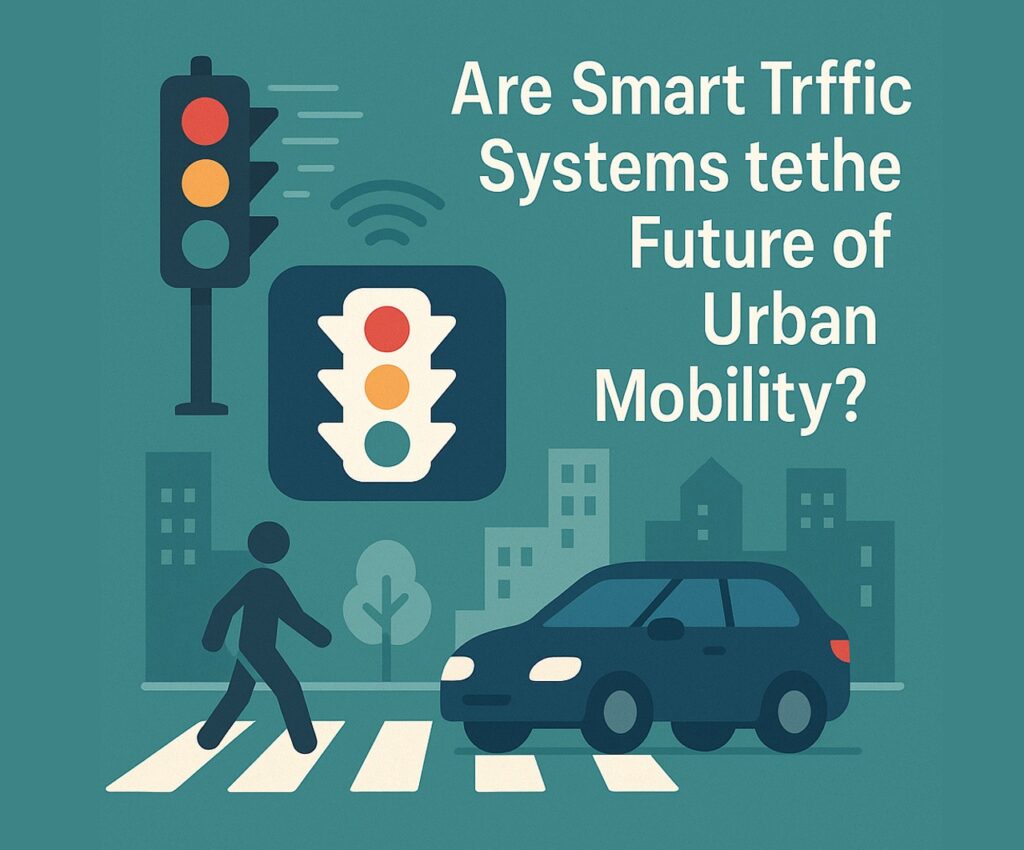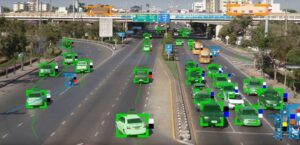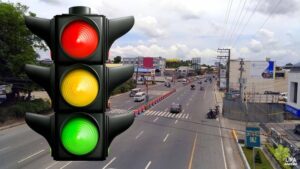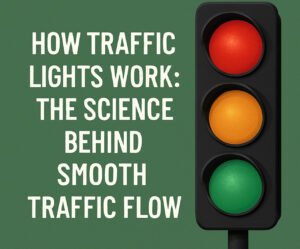Urban areas are growing, and with that comes one of the most pressing challenges of our time: traffic congestion. Cities around the globe are exploring innovations to move people and goods more efficiently. Enter the smart traffic system, a next-generation solution that promises smoother, safer, and more sustainable city travel. By integrating the smart traffic control system and implementing a smart traffic management system using IoT, cities aim to reduce gridlock, enhance safety, and improve air quality. These interconnected systems are poised to redefine how we navigate our cities. Know more..
The Urban Gridlock Dilemma
Congested roads have become the norm in major cities. Commuters waste hours in traffic, logistics get delayed, and emissions skyrocket. Traditional traffic lights and static signals can’t adapt to real-time conditions. In contrast, a smart traffic system adapts to actual traffic flow, using data to make streets smarter.
What is a Smart Traffic System?
A smart traffic system is an integrated network of sensors, cameras, software, and communication tools designed to monitor and manage traffic dynamically. These systems collect real-time data on vehicle movement, congestion levels, pedestrian activity, and even weather conditions. With that data, they can adjust signal timings, reroute vehicles, and send alerts to drivers.
Think of it as having an intelligent brain behind every intersection, constantly optimizing traffic flow. And when you pair this with a smart traffic control system, which governs how signals and roads respond, and a smart traffic management system using IoT, which allows for seamless communication between all elements, you get a robust ecosystem that’s far more efficient than manual methods.
How IoT Powers Smart Traffic Management
The Internet of Things (IoT) is the backbone of modern urban mobility solutions. A smart traffic management system using IoT connects devices like traffic cameras, in-road sensors, GPS trackers, and mobile apps. These components talk to each other, enabling a city to analyze traffic patterns and respond instantly.
For instance, if an accident occurs on Main Street, the system can detect the slowdown and automatically reroute traffic through side streets. Emergency services are alerted faster. Signals near the site can adjust to allow ambulances through. The smart traffic system doesn’t just manage congestion; it enhances safety and saves lives.
Key Features and Benefits
1. Adaptive Signal Control
A smart traffic control system uses real-time data to adjust green light durations based on traffic density. During rush hour, it can extend green lights on major roads while shortening them on quieter streets.
2. Data-Driven Insights
The analytics from a smart traffic management system using IoT provide city planners with detailed insights. This allows for better infrastructure planning, smarter zoning, and optimized public transit routes.
3. Environmental Impact
Idling cars emit more CO2. A smart traffic system that reduces stop-and-go movement cuts down emissions significantly, contributing to cleaner urban air.
4. Emergency Vehicle Priority
With integrated sensors and vehicle tracking, the smart traffic control system gives emergency vehicles green lights through intersections, saving critical response time.
5. Real-Time Alerts for Commuters
Smart apps linked to the smart traffic system can inform drivers of accidents, heavy congestion, or weather-related hazards, allowing for smarter travel decisions.
Real-World Applications
Several cities are already investing heavily in smart traffic management systems using IoT. In Singapore, AI-powered traffic lights adjust based on real-time volume. Los Angeles has implemented a city-wide smart traffic control system that reduces congestion during peak hours.
In India, smart poles equipped with sensors and cameras feed data into a smart traffic system that manages flow and tracks violations. These innovations are not futuristic—they’re happening now.
The Challenges Ahead
Despite the promise, deploying a smart traffic system isn’t without challenges. Infrastructure costs are high. Older cities may struggle with integration. Data privacy and cybersecurity are major concerns, especially when sensitive location data is involved.
Interoperability is another hurdle. A smart traffic control system must work seamlessly with legacy systems and other tech, from GPS apps to ride-share platforms.
The Role of AI and Machine Learning
Artificial Intelligence is adding a new layer of capability. AI algorithms can analyze traffic data trends, predict congestion, and even suggest preemptive actions to avoid bottlenecks. Combined with the smart traffic management system using IoT, AI can bring near-autonomous control to city traffic.
Imagine a day where traffic signals learn from yesterday’s patterns to adjust today’s flow. That’s the level of predictive intelligence being built into the next-gen smart traffic system.
Moving Toward a Smarter Tomorrow
To fully unlock the potential of a smart traffic system, cities need a multi-pronged approach:
- Public-private partnerships to share costs and data
- Open data initiatives to encourage third-party innovation
- tandardization to ensure that all parts of a smart traffic control system can communicate
- Ongoing training and maintenance to keep systems functional and secure
These investments aren’t just about convenience. They’re about economic productivity, environmental sustainability, and urban livability.
Conclusion: The Inevitable Shift
Traffic as we know it is outdated. Cities can no longer rely on static signals and outdated infrastructure. The move toward a fully integrated smart traffic system, powered by a smart traffic management system using IoT and optimized through a smart traffic control system, is not just likely—it’s inevitable.
While challenges remain, the benefits far outweigh them. Faster commutes, fewer accidents, cleaner air, and more responsive cities are all within reach. The technology exists. The need is urgent. The time for smart traffic is now.
As urban centers continue to grow, embracing innovation in traffic control isn’t just smart—it’s essential.





